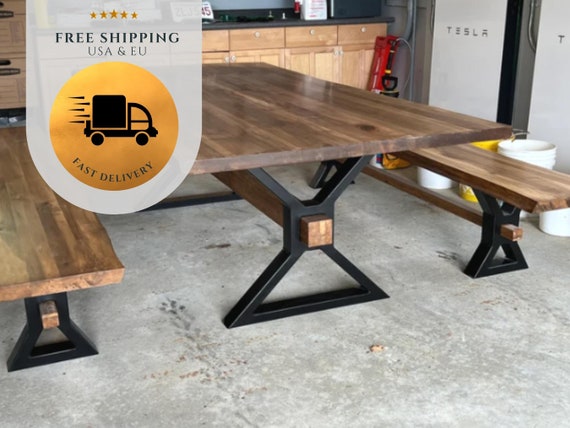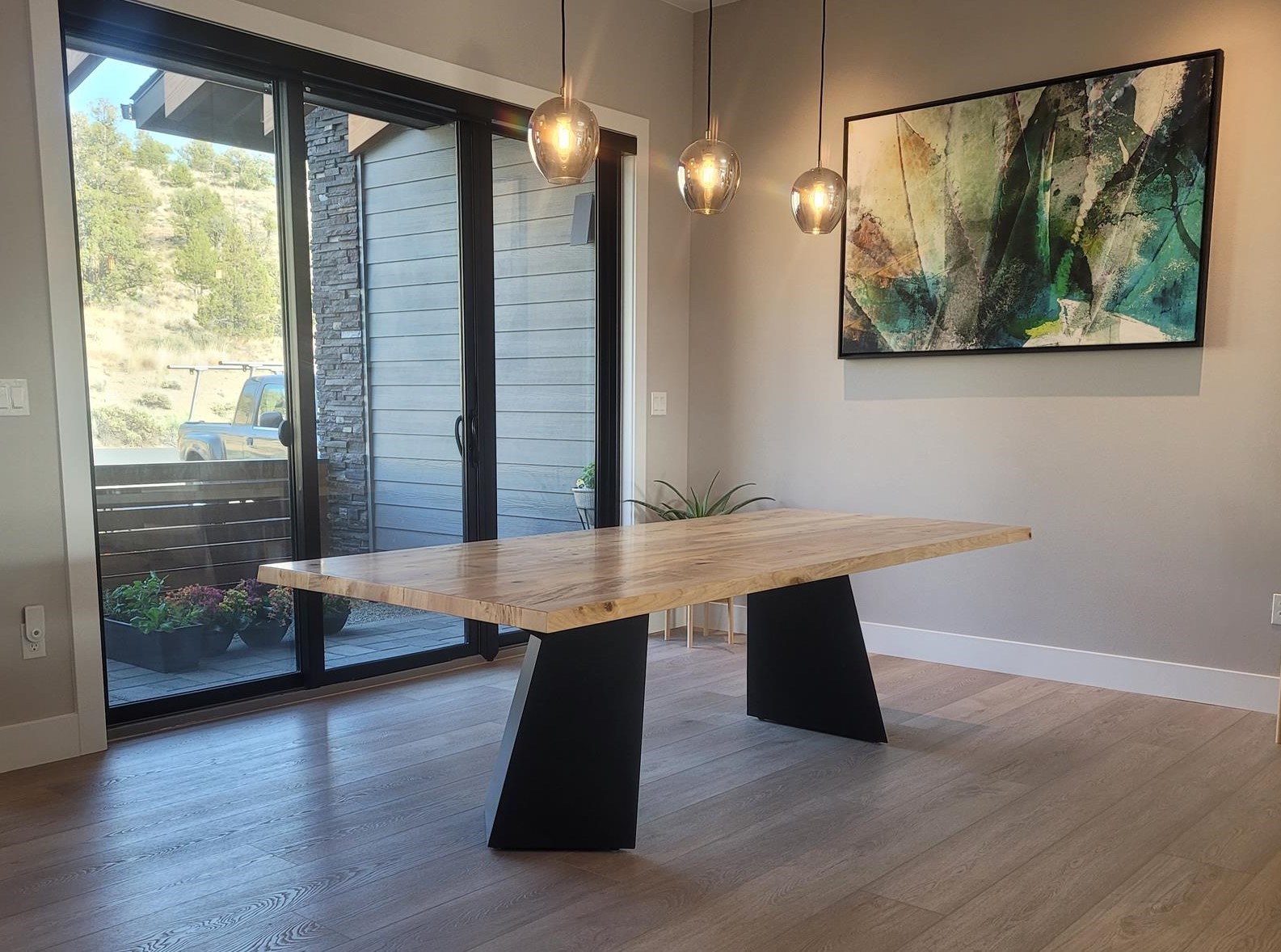Leading Trends in Dining Room Table Legs to Boost Your Eating Space
Leading Trends in Dining Room Table Legs to Boost Your Eating Space
Blog Article
Picking the Perfect Dining Table: What Styles Job Best for Your Home?
Choosing the excellent dining table for your home can be a nuanced process that stabilizes appearances and performance. To browse these selections efficiently and discover a table that genuinely enhances your home, consider the following elements in information.
Assessing Your Space
Assessing the measurements and design of your eating location is an essential primary step in picking the excellent eating table. Begin by measuring the length and width of the room, accounting for doorways, windows, and other architectural features that could influence table placement. This ensures that your table not only fits but also enables comfortable activity around it.
Take into consideration the variety of individuals you commonly delight. A table needs to suit your family's day-to-day requirements while using adequate versatility for occasional guests. Generally of thumb, allot at the very least 24 inches of table size each to guarantee a comfortable eating experience.
It's additionally crucial to keep proper clearance around the table. Ideally, there should go to the very least 36 inches between the table edge and wall surfaces or other furniture, making it possible for simple gain access to and movement. For rooms where chairs with arms or extra storage devices like buffets are included, enhancing this clearance to 48 inches is advisable.
Lighting and ambience play considerable roles. Make certain that your dining table straightens with existing illumination fixtures or strategy for sufficient lights services. This comprehensive spatial analysis guarantees that your table not only fits literally but additionally harmonizes with your area's overall capability and aesthetic.
Popular Table Styles

Conventional dining tables frequently feature ornate information, curved legs, and abundant wood finishes, evoking a feeling of classic sophistication. They are best for homes with traditional decor or those looking to include a touch of class to their dining area.
Modern eating tables focus on simplicity and tidy lines, usually including materials like glass and metal. These tables are excellent for modern areas, providing a streamlined and clean look that enhances minimal design ideologies.
Rustic eating tables, on the other hand, stress natural products and a handmade appearance - dining room table legs. They usually feature reclaimed timber and a distressed coating, producing a cozy and inviting ambience. These tables work well in farmhouse-style homes or those looking for a relaxing, organic feeling
Industrial dining tables integrate raw materials such as steel and wood, commonly showcasing an utilitarian visual. This style is appropriate for lofts or metropolitan spaces, adding a Going Here touch of sturdy appeal and durability to the eating experience.
Each design provides distinctive advantages, making it crucial to choose one that straightens with your home's overall style and your individual preferences.
Product Selections
When selecting a table, the choice of material plays a my sources critical role in figuring out both the table's visual appeals and performance. Timber, metal, glass, and composite materials each offer one-of-a-kind benefits and difficulties, making it essential to line up the product with your home's decor and lifestyle requirements.
Timber is a classic and versatile choice, offered in selections such as oak, walnut, and mahogany. Known for its sturdiness and heat, timber enhances both traditional and contemporary interiors. Nevertheless, it needs normal upkeep to prevent scratches and warping.
Metal tables, usually crafted from stainless steel, light weight aluminum, or wrought iron, are praised for their contemporary allure and robustness. They are specifically fit for industrial or minimal setups yet can be prone to damages and may feel chilly to the touch.
Glass eating tables bring an air of sophistication and openness, perfect for smaller sized spaces as they produce an impression of more space. While easy to tidy, glass can be susceptible to spots and calls for careful managing to stay clear of chips and splits.
Composite products, such as MDF and plywood, offer cost-efficient and customizable remedies, though they might lack the longevity of natural products. Choosing the right material ensures your eating table is both a useful possession and an aesthetic pleasure.
Forming and Size Factors To Consider
After identifying the ideal material for your table, the next consideration is choosing the best form and size to suit your room. The form of the table considerably influences the area's aesthetic and functionality. Rectangle-shaped tables, one of the most common form, are suitable for larger rooms and can fit a higher variety of guests. They additionally permit a more official dining experience. Alternatively, blog round tables cultivate a sense of affection and are exceptional for smaller eating areas, motivating conversation by getting rid of corners and making everybody feel similarly included.
As a policy of thumb, designate at the very least 24 inches of table size per individual to make sure comfy dining. Furthermore, think about the table's clearance area: there ought to be at least 36 inches between the table edge and the wall surfaces or various other furnishings. Prolonging tables use versatility if you often host larger gatherings, giving added seats when needed without occupying extra room daily.
Matching Your Style
Selecting an eating table that harmonizes with your existing decoration is crucial in producing a natural and inviting area. A streamlined, minimalist table with clean lines is excellent for a modern home, while a vintage, elaborate table matches a more standard setting.
Shade and product are equally substantial. If your design includes cozy tones and natural materials, think about a wood table to enhance the organic feeling. Alternatively, a glass or steel table may be better in a space dominated by great shades and commercial elements. Focus on the surface, as it must mirror various other furnishings and fixtures to preserve consistency.
A rough-hewn, recovered wood table can include personality to a rustic space, while a polished marble surface area can raise a glamorous dining location. A well-matched eating table not only boosts aesthetic charm but additionally enhances the overall eating experience.

Final Thought
Selecting the perfect dining table necessitates careful factor to consider of room, style, materials, shape, and dimension. Standard tables complement classic insides with rich timber coatings, while modern-day tables fit contemporary settings through glass and steel.
Report this page